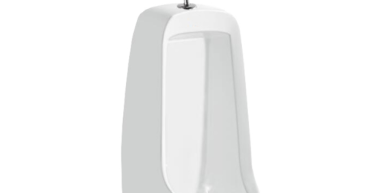Urinals have come a long way in terms of design and functionality. In this article, we explore the various types of urinals available, from traditional to modern, and how they have evolved to meet different needs:
- Traditional Wall-Mounted Urinals: These are the most common urinals found in public restrooms. They are typically wall-mounted and come in various shapes and sizes. Traditional urinals are known for their durability and water efficiency.
- Waterless Urinals: Waterless urinals have gained popularity due to their environmental benefits. They use innovative trap technologies to prevent odors and blockages while eliminating the need for flushing, saving significant amounts of water.
- Sensor-Activated Urinals: Modern sensor-activated urinals use infrared sensors to detect user presence and flush automatically after use. They promote hygiene by reducing touchpoints and conserving water through precise flushing.
- Privacy Urinals: These urinals are designed with privacy partitions to offer users a more discreet experience, similar to stall-equipped toilets. They are ideal for locations where privacy is a priority.
- Water-Efficient Models: Many urinals are designed with water-saving features, such as dual-flush options, which allow users to select the appropriate flush strength based on the type of waste, further conserving water.
- Customizable Urinals: Some urinals offer customizable design options, allowing businesses and facilities to select colors and finishes that match their interior decor.
- Anti-Graffiti Urinals: To combat vandalism, certain urinals are designed with anti-graffiti surfaces that are easy to clean and resistant to damage.
Understanding the various types of urinals available helps businesses and facilities make informed choices when selecting the right urinal for their specific needs, considering factors like water conservation, hygiene, and aesthetics.








